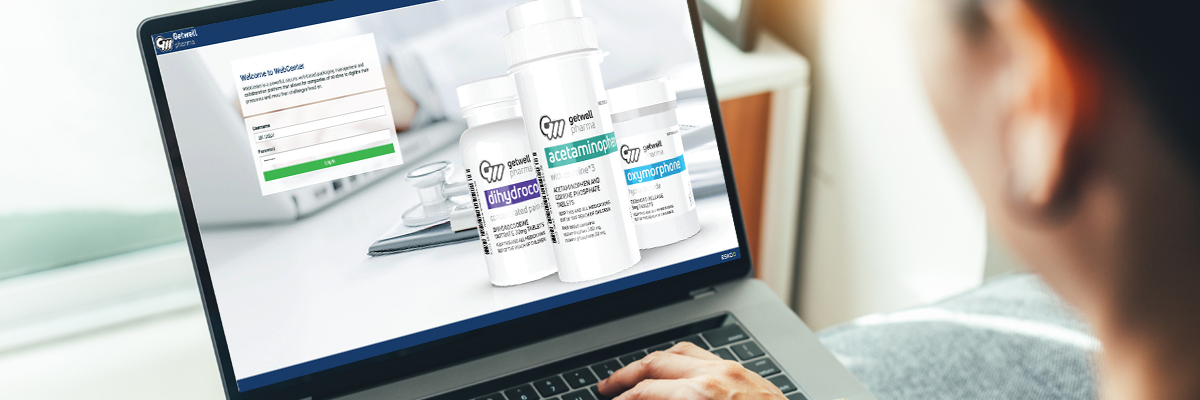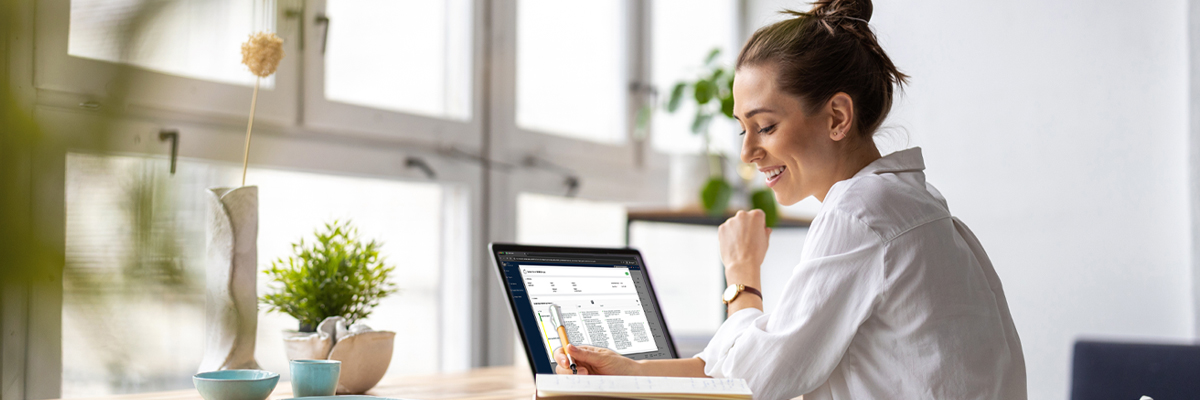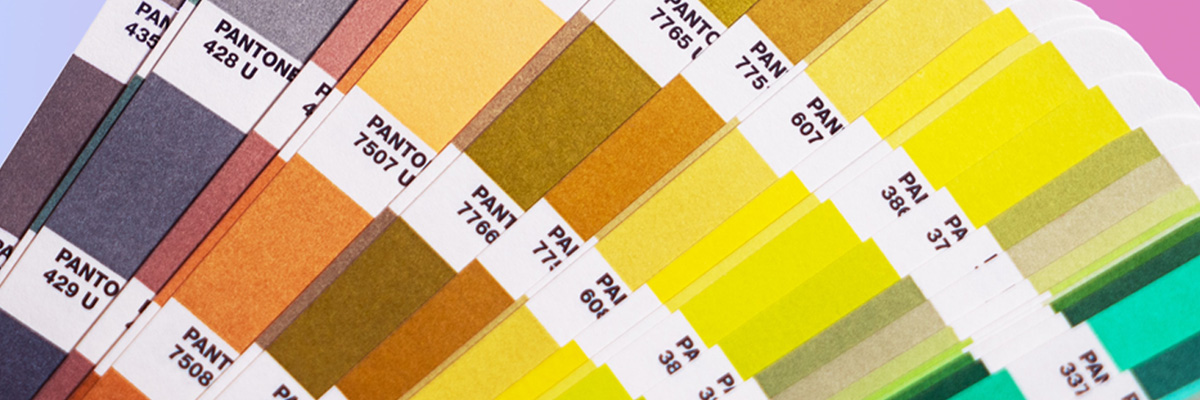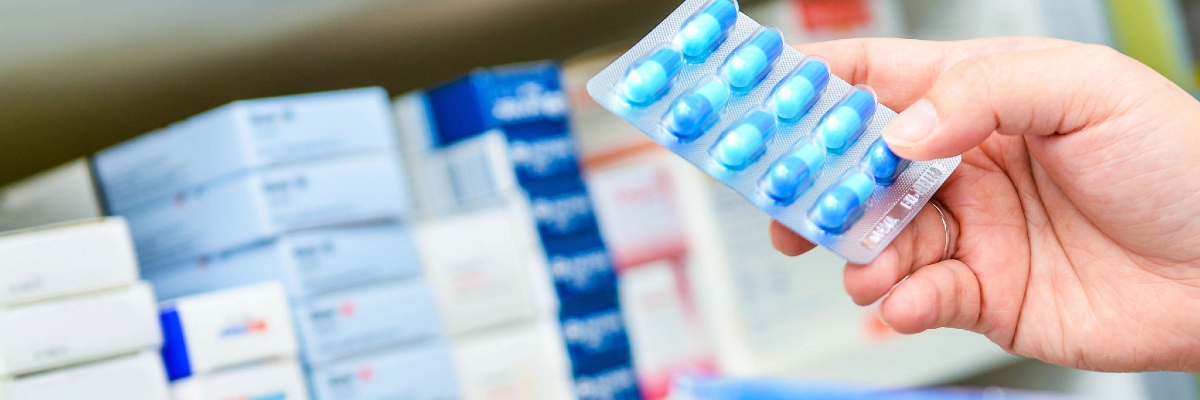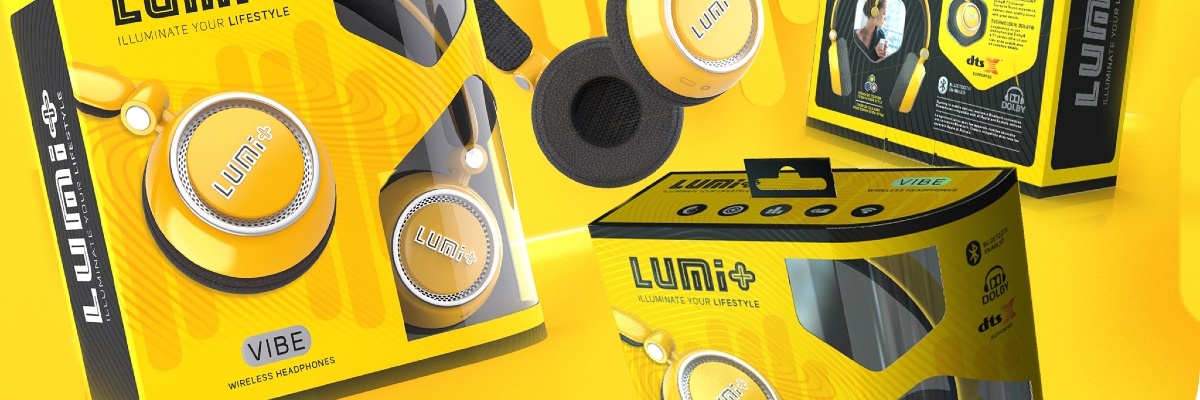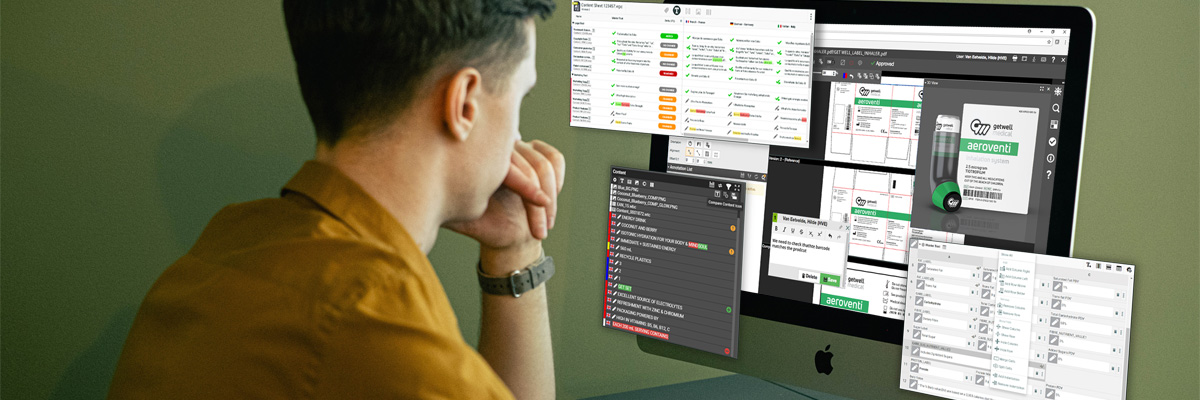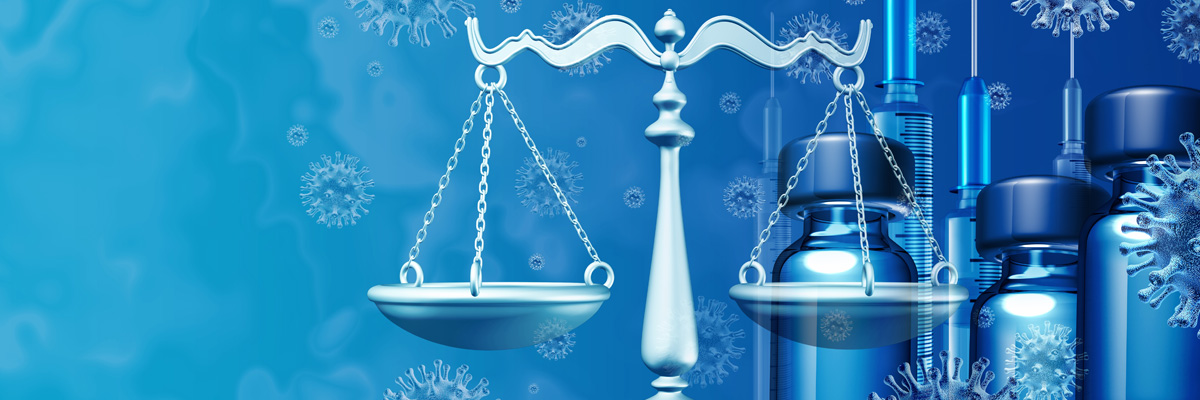In case you haven’t noticed, sustainability is *the* hot topic right now in the packaging industry, and the EU’s Green Deal is getting the bulk of the attention. The Green Deal combines climate and environmental protection with economic growth and job security. This new initiative has a lot of people asking questions. That’s why Esko sat down with Matthias Giebel, Partner at Berndt+Partner Consultants, as part of the Sustainability Series. Let’s explore what the Green Deal is and how it will impact your company.
The Green Deal – What is the Circular Economy?
The circular economy is the process of using resources strategically, and for as long as possible in a closed-loop system. The goal is to utilize these resources to their maximum extent and then collect the residual for additional use for a different purpose or recycling. This is part of the EU’s desire to increase the global competitiveness of the European economy, promoting sustainable economic growth and creating new jobs. Thus, the circular economy is the essence of the Green Deal – making sustainability a permanent fixture of their economy.
Highlights of the circular economy include:
- Strong Green Design Claim regulations
- 100% of packaging must be recyclable and/or reusable by 2030
- New reporting obligations (EU taxonomy and CSRD) challenging business models
- Limitations on overpackaging
- Strengthened extended producer responsibility including bonus/malus system for packaging
- Banning of raw materials from deforestation and/or areas with human rights issues
The Regulation Landscape
The Green Deal consists of 50+ regulations and legislation strongly influencing how brands and suppliers do business. With 450 million consumers, the EU has the biggest consumer market in the world. Therefore, it has the influence and ability to set precedent that will radically change the way of conducting packaging business over the next several years.
The EU wants to become the first carbon neutral continent by 2050. While Europe is a frontrunner in making their economy greener, they’re not alone. McKinsey completed a study of regulatory development across 30 countries. They found numerous countries worldwide stepping up, starting with packaging design and reduction regulations. The big brands are shaping the game – and more and more are joining in.

How the Green Deal Affects Brands and Converters
The packaging footprint is about 8-10 percent of the total carbon footprint. Therefore, if companies want to make a big difference with small changes, packaging is the place to start. For example, Nestle has goals in place to be net zero at the packaging level. Similarly, Unilever, was the first consumer company to commit in 2019 to an absolute plastic reduction across its portfolio by 2025. It plans to halve the virgin plastic use by reducing plastic packaging use by more than 100,000 tonnes and accelerating its use of recycled plastic. It also launched new innovations to reduce its absolute use of plastic, such as recyclable paper-based ice cream tubes which will reportedly save about 4,500 tonnes of plastic. And Upfield plans to eliminate plastic packaging entirely by 2025 by choosing an alternative solution that reduces climate impact, increases their use of renewable materials, and maximizes recycled content.
Clearly, brands are ready to jump on board. But how is this affecting converters? According to Berndt+Partner Consultants, converters are, unfortunately, in deep water. For example, only 12% have formulated a clear sustainability strategy. 88% have only individual strategies or no clear strategies. And 76% are uncertain about legislation and how it will affect them. Packaging converters must modify their business models to support the Green Deal initiatives.
Examples of More Sustainable Packaging
Greiner Packaging has created two new types of sustainable packaging. The K3 Cardboard-plastic combinations require 32.7% less plastic material and use up to 80% recycled cardboard. This is 17% better for the carbon footprint than packaging made entirely of plastic. In fact, the cardboard wrap separates itself from the plastic cup during the waste collection process. The IML cup, which is based on thermoforming, is responsible for fewer CO2 emissions during transportation. Both the cup and the IML label are made of PP (polypropylene), making for a mono-material solution that is very easy to recycle.
The Time is Now
It’s frightening to consider that within one year, 95% of packaging becomes waste again. That’s why the Green Deal is primarily focused on looking at packaging not as waste, but as renewable resources. However, it isn’t just about creating sustainable packaging. It’s about creating a more sustainable world overall.
To learn more about the Green Deal, watch the webinar replay!
